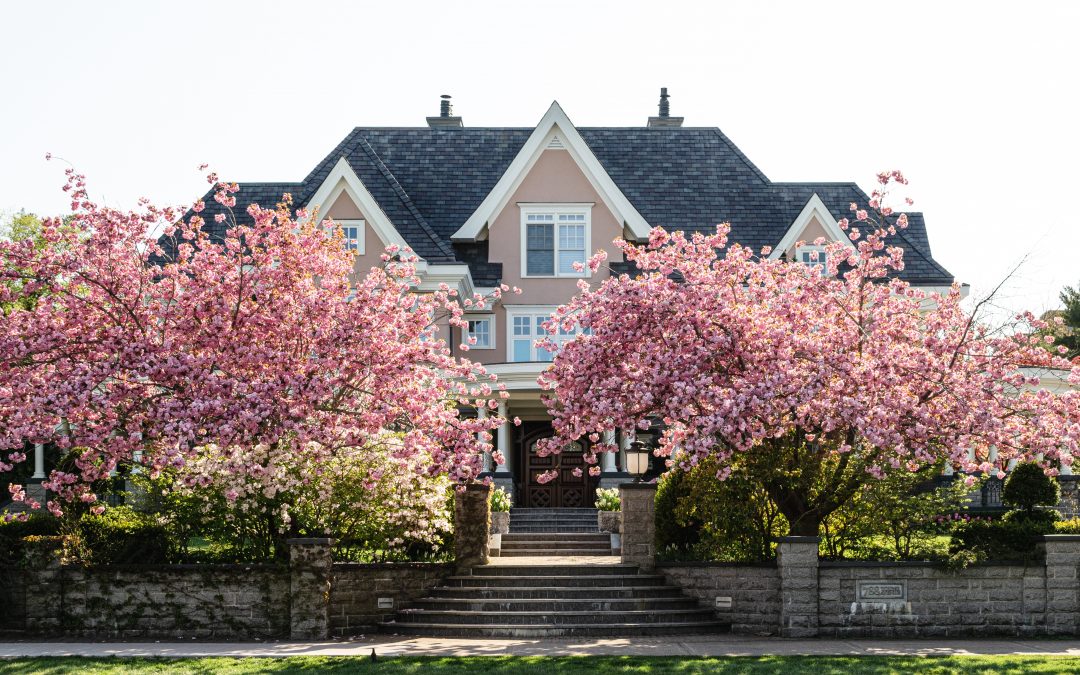If you’re about to embark on your home-moving journey, then you may be wondering what improvements you can make to your property to increase its market value.
This can be a tricky task, as buyers have different tastes and preferences and you can’t make your home appeal to everybody. Firstly you should consider how long you have before your property goes on the market, and what your budget is. The last thing you want to do is start a renovation or interior overhaul and not have the time or money to complete it.
Once you have your budget in mind, you can think about which areas need improvement most. We’ve put together a list of some of the best ways to boost your home’s value, depending on how much money you have to spare.
Working with less than £1,000
If you don’t have a huge amount to spend, or simply don’t want to spend that much money, then it’s best to work with what you’ve already got. This means making small touch-ups to update your interiors or fixing up small imperfections, for example painting your kitchen cupboards, buying some new cushions or filling in a couple of wall cracks.
A smaller budget can go a long way, and although it’s not going to add thousands to your house value, making a bit of effort can go a long way and give the right impression to potential buyers that it’s a home that feels loved.
The garden is also a great option to spend a bit of money on, and it’s not a space to be overlooked. You can transform a garden or a yard in a variety of cost-effective ways, for example buying some eye-catching plants, giving the fence or wall a lick of fresh paint, or adding an outdoor mirror to make the space appear bigger.
Garden bars can also be an eye-catching feature, with plenty of DIY ideas online to help you create your own outdoor cocktail bar.
Working with £5-10,000
If you have a few thousand pounds to spend then there are plenty of options to spruce up your home and add value. Giving walls and ceilings a fresh lick of paint, replacing old carpets and updating furniture are all ways to update your property.
If you go down the painting route, remember to go for colours that are more likely to appeal to a larger group of buyers. You may love the idea of a pink-drenched bathroom, but going neutral is a safe bet to appeal to as many people as possible.
It’s also important to make sure any touch-ups you do, whether that’s structural or interior design, are in keeping with the property and its overall value. Spread your money out throughout the house, as there’s no point in spending it all on the kitchen if the rest of the house doesn’t match.
Open-plan properties can be a very popular choice, and knocking a wall down can be less expensive than you think. The average price to remove a load-bearing wall is around £1,500 according to Checkatrade, plus an extra £1,000 to reinforce the remaining walls.
If you do go down this route, unless you’re in the trade it’s best to go with a professional, as there’s no point in spending money to add value to your home if you end up with a bad plastering job!
Working with £50,000
If you have tens of thousands of pounds to spend, then adding more space to your property is a great way to add value to your home. Whether this is in the form of a loft conversion or a kitchen extension, this kind of structural work can completely transform your home. With a job this big, it’s worth spending money on an architect, to help you plan the space accordingly and ensure the finished result is a natural fit.
If you’re not sure what would work best for your property, it may be worth speaking with your neighbours and seeing if any of them have done similar work that you can have a look at. This way you can get some advice on what works best for your type of property, and you can also enquire about building regulations as these will need to be taken into account.
Planning permission is a must for an extension or loft conversion, which will cost £426 per dwelling house.
Another suggestion would be a new kitchen, which depending on the size and specification could cost anywhere from £7-100K. Kitchens and bathrooms are generally the two most popular rooms to renovate as they have a big impact on the house, however, it’s not a guarantee that you’ll add more value to your home than you end up spending.
Nowadays many people include a home office on their property checklist, due to more of the population working from home. A small office in the garden is a good investment and most areas in the UK won’t require planning permission as long as it is under the 2.5m high limit and the area is less than 50% of the outside space.
It’s estimated that a garden office could add between 5-10% to the value of your home, and this could be even more. The value will depend on several factors, including the area you live in, the nature of your property, and the quality and size of your garden office.
The cost of a garden office will vary depending on its size and specifications, a basic one could cost as little as £1,000, whilst a fully kitted out, well-insulated office with modern technology could cost up to £30,000 or more.
We hope this blog post has given you some helpful information, and if you’d like any further information about moving house, get in touch for a friendly no-obligation chat.

